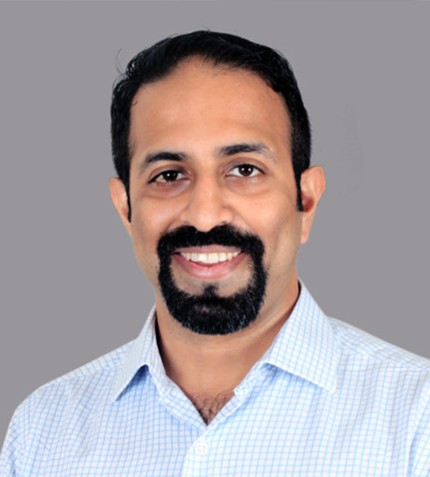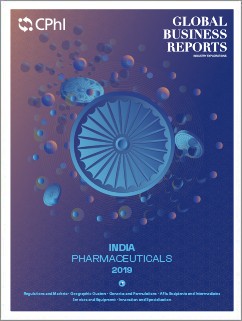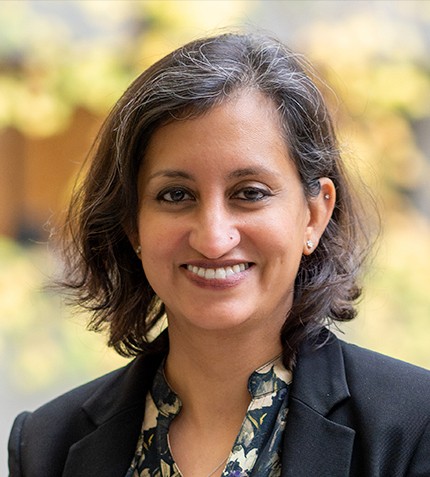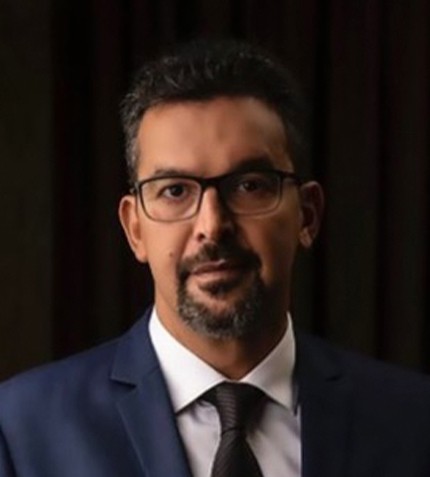
"The educational sector is also picking up, with both government and private colleges interested in instrumentation to offer students hands-on training."
RELATED PUBLICATION
ARTICLES FROM THIS PUBLICATION
Akshay Charegaonkar
DIRECTOR, ANCHROM ENTERPRISES
In 2020, Anchrom celebrates its 42nd anniversary. Could you give us a brief overview of how the company has evolved over the years?
Anchrom Enterprises was founded in 1978, at a time when there were few instrument distributors operating on a scientific level; instruments were bought and sold without any expertise. In 1989, the company founded its laboratory a demo lab in conjunction with a local university, and five years later the company launched its own laboratory. As time passed, we focussed on being the exclusive distributors of CAMAG HPTLC systems from Switzerland. We have given demonstrations, free training and analysis to students and government lab employees, and we have trained about 4,500 students and scientists in this manner. Out of the 5,000 square feet of our premises, half is dedicated to the laboratory and the other half is used as a back office for other distributors' tasks. Fourteen people work for the laboratory team, which is the focus of our operations. We use it not as a commercial lab, but as a lab to promote the science and technology of HPTLC applications further.
We also do HPTLC analysis on a very subsidised basis, with the purpose of getting HPTLC into the hands of prospective users and those who have no access to it. This system is different from HPLC, which is widespread. We invested heavily in this laboratory that sets us apart and, in 2019, we have doubled its size, including the introduction of a training centre, which accommodates about 25 people at once. Our entire Anchrom team is made of 50 employees across India, who perform functions from lab-work to sales and services.
Could you tell us what stood behind the idea of this lab?
In 1989 we opened our lab in partnership with a local pharmaceutical college, called Principal K.M.Kundani College of Pharmacy and we used their premises and CAMAG HPTLC. Even in those days, it became clear that simply supplying instruments would not be enough; it was like telling the customer "Here is the manual, go read it and do it yourself". It was important that we offer in-house expertise. Customers also had very little idea of how sophisticated instruments worked.
With customers having no access to high-tech instrumentation, a demo lab was necessary to make sure customers were comfortable and had the chance to analyse their own samples, as well as receiving training at a later stage, when the instrument was in their possession. The next step we moved on to was publishing our own data and working with customers to publish joint data. From that point onwards, we made strides to open our own full-fledged lab in 1994. At that time, the Indian economy had just started to open, import restrictions were removed, and in the mid-nineties, international instrument manufacturers were crowding in opening similar labs. But most are showrooms; Anchrom had pioneered this concept before others.
In 1978, Anchrom became the exclusive distributors of Camag HPTLC in the Indian subcontinent. What are some of the advantages this system brings in comparison to the traditional models of chromatography?
The process of chromatography evolved from column chromatography, and finally to high performance thin layer chromatography or HPTLC, which is done with software-controlled instruments. HPTLC changed the format of the plates and the application from a round spot to a sharp rectangular band, which improvements offer advantages such as reproducibility, acceptability of analysis when doing multiple rounds or in multiple locations, as well as heightened sensitivity and selectivity of the matter.
But this technique underwent another change in 2015, when HPTLC became the official method in US. The technique has advanced from an open, quick, qualitative technique whose main objective was to be as cheap as possible, to an analytical technique of reliable value, which also retains the low-running costs of traditional TLC. HPTLC is the only chromatography technique that analyses dozens of samples in parallel.
Automating various processes in the HPTLC seems to have been key in improving performance. What is your current R&D focus to help with further improvements?
We are working on development of methods and supporting customers. Our push for the past two years has been to try to simplify the methods as much as possible, or try to do multiple classes of compounds and analysis using simplified methods. Since one of the major advantages of HPTLC is its enabling capacity to analyse up to twenty samples on the same plate in parallel, the next step is to seek to encompass multiple types of samples into the same method.
Demand for analytical instrumentation is growing, as markets are trying to improve the quality of their products to comply with international standards. What is your expectation of how the industry may develop?
As a supplier to multiple verticals, including pharmaceuticals, together with food, herbal and chemicals, we witness a different trajectory in each sector. For pharma, the emphasis falls heavily on quality more than quantity or increasing output. As an export-oriented sector, pharmaceutical companies face very stringent regulations. HPTLC meets all regulations and is 21CFR11 compatible.
What we notice now is that clients are very selective about their suppliers, demanding quality services, with arrangements such as fixing a system breakdown in less than 24 hours.
The other sources of demand are government research institutes, where we experience a strong push for growth. The educational sector is also picking up, with both government and private colleges interested in instrumentation to offer students hands-on training.
We are seeing the first signs of growth in the biopharma and biosimilars for the generics market, as well as for the nutraceuticals, but for now we are monitoring these developments as we are not sure what turn these may take in the future.
Going back to your point on education, Anchrom itself is involved in the training of students. How does this fit with your business model?
Training is at the heart of what we do. For an instrument distributor, we could have just had a showroom, or we could have had a commercial lab, making money from the actual analysis. But we did not do either of those things, and instead we created a training lab and an R&D lab. We offer standardised training programmes for free. Cognisant of the fact that Mumbai is a very expensive city to live in, we also put a small guest house at the disposal of our visitors.
We also offer training as much as it is required to our own customer base and we have developed training courses which can take place not only in our labs but at customers’ labs too. On top of these options, we have developed YouTube videos, which introduce HPTLC to the wider public. Anchrom is the only company in India that offers unlimited free trainings to customers during the life of the instrument.
It is part of our voluntary corporate social responsibility to give something back to the community and provide knowledge. Of course, we are also building potential customers. In the past, we did free analysis for any Masters or PhD students, but since 2015, we charge a small fee. Even though this fee is not making up for our costs, it was introduced with the purpose of weeding out the serious students from the crowd.
To wrap up the interview, could you share your vision of how the company may grow in coming years?
In the short term, this is a very exciting time in the history of the company, because we are posed for a fast period of growth across the various verticals we operate in. Our team is also growing from 50 to about 70 people. In the medium term, we intend to get into more analytical partnerships with our customers. Then, we also intend to become the supplier of choice for any customer who has an unsolved analytical question, for which we are developing the infrastructure around our team. Anchrom aims to make India the world leader in HPTLC applications for routine use.











